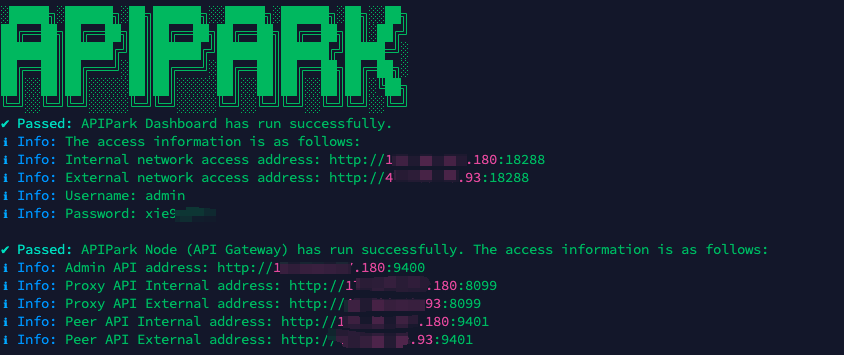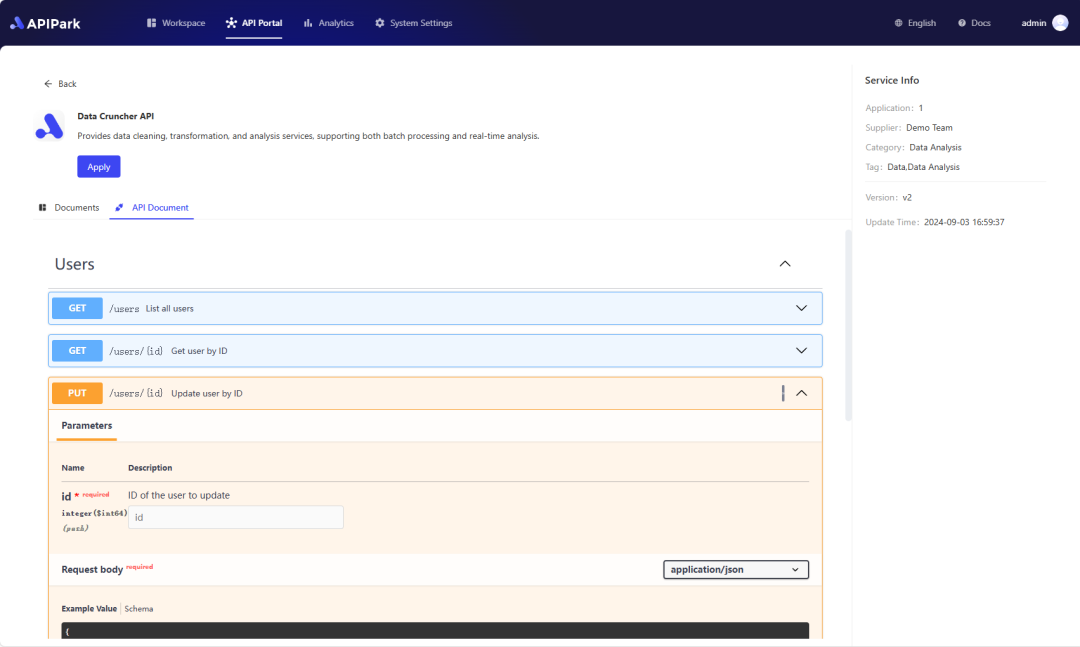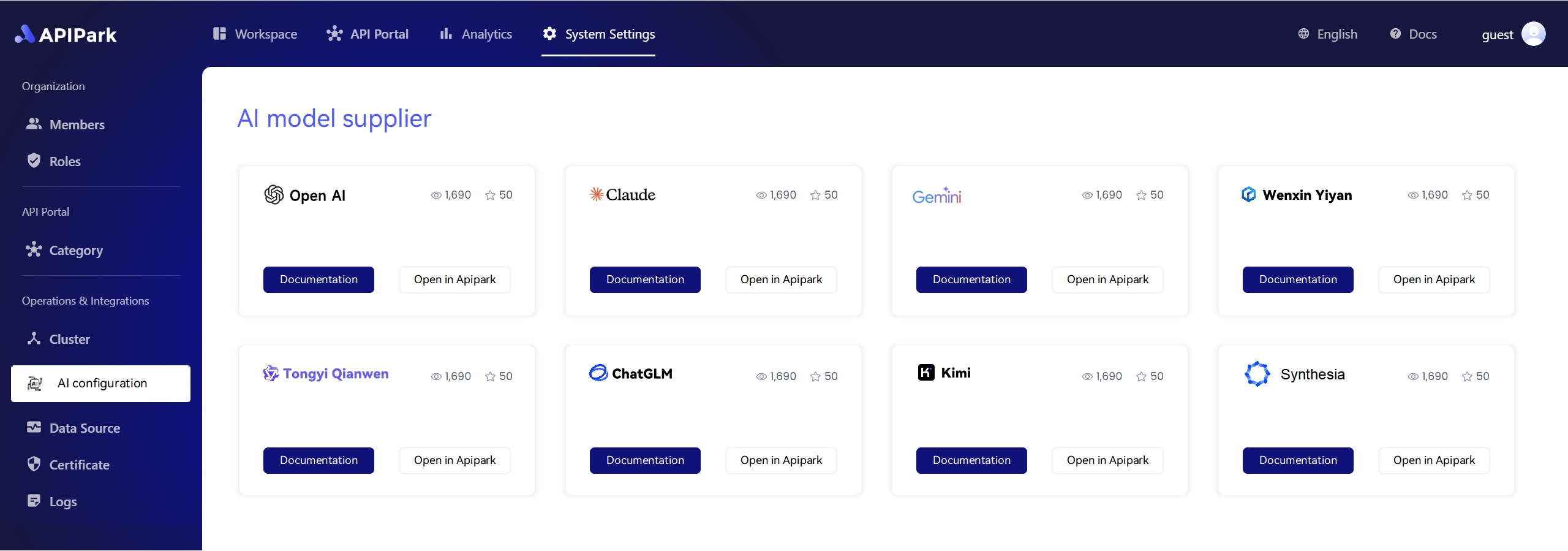Reading a custom resource in Kubernetes is an essential skill for developers working with cloud-native applications. When using Golang, the Dynamic Client provides an elegant way to interact with Kubernetes resources without needing to define their structures statically. In this article, we’ll delve into the process of reading a custom resource using the Dynamic Client in Go, exploring the best practices for enterprise secure AI usage, making our applications robust, and utilizing API governance strategies.
What is a Custom Resource?
Custom Resources are extensions of the Kubernetes API that allow you to create your own object types. They enable you to manage your application-specific configurations through Kubernetes native tooling. For example, you might define a custom resource for managing a particular kind of database or service.
Introduction to Dynamic Client
The Dynamic Client in Kubernetes allows you to work with resources that aren’t known at compile time. This is especially useful when dealing with custom resources, as their API resources may change frequently or may be unknown until runtime.
Advantages of Using Dynamic Client
-
No Need for Predefined Structs: You don’t need to define Go structs for your Kubernetes resources. This reduces boilerplate code and allows for greater flexibility.
-
Utilizes Reflection: The Dynamic Client leverages reflection, allowing for operations on custom and standard resources without needing to define their types beforehand.
-
Common Wakeup Call for API Governance: Using dynamic handling can help enforce API governance more efficiently by allowing for standardized error handling and logging.
Deploying APIPark for Enterprise Secure AI Usage
Setting Up APIPark
To manage APIs effectively, especially in an enterprise context where security is paramount, you can deploy APIPark, which provides a platform for API governance. This integration offers centralized management of all APIs, thereby optimizing security and efficiency in enterprise AI usage.
Quick Deployment Steps
The deployment process for APIPark is straightforward and can be done in five minutes or less. You can install it using the following command:
curl -sSO https://download.apipark.com/install/quick-start.sh; bash quick-start.sh
Advantages of APIPark
| Feature | Description |
|---|---|
| Centralized API Management | Consolidates APIs for better oversight and reduces management complexity. |
| Lifecycle Management | Manages the entire lifecycle from design to retirement of APIs. |
| Multi-Tenant Support | Ensures data isolation and security between different users and teams. |
| Statistics and Reporting | Generates reports to analyze API usage and performance trends. |
| Detailed Logging | Maintains logs for tracking and resolving issues effectively. |
Creating and Reading a Custom Resource
Now we will explore how to read a custom resource using the Dynamic Client in Golang. Before proceeding, ensure you have configured your Kubernetes credentials and that you have access to a cluster with your desired custom resource defined.
Setup Your Environment
First, let’s set up our Go environment. Make sure you have the necessary Kubernetes client packages installed:
go get k8s.io/client-go@v0.22.0
go get k8s.io/apimachinery@v0.22.0
Reading a Custom Resource
Here’s a basic example that demonstrates how to read a custom resource using the Dynamic Client:
package main
import (
"context"
"fmt"
"log"
"os"
"k8s.io/client-go/kubernetes"
"k8s.io/client-go/tools/clientcmd"
"k8s.io/client-go/dynamic"
"k8s.io/apimachinery/pkg/runtime/schema"
metav1 "k8s.io/apimachinery/pkg/apis/meta/v1"
)
func main() {
// Load kubeconfig file
kubeconfig := os.Getenv("KUBECONFIG")
config, err := clientcmd.BuildConfigFromFlags("", kubeconfig)
if err != nil {
log.Fatalf("Error building kubeconfig: %s", err.Error())
}
// Create a dynamic client
dynamicClient, err := dynamic.NewForConfig(config)
if err != nil {
log.Fatalf("Error creating dynamic client: %s", err.Error())
}
// Define the GVR for the custom resource
gvr := schema.GroupVersionResource{
Group: "example.com",
Version: "v1",
Resource: "customresources",
}
// Read the custom resource
namespace := "default"
name := "my-custom-resource"
customResource, err := dynamicClient.Resource(gvr).Namespace(namespace).Get(context.TODO(), name, metav1.GetOptions{})
if err != nil {
log.Fatalf("Error retrieving custom resource: %s", err.Error())
}
fmt.Printf("Custom Resource: %s\n", customResource)
}
Explanation of the Code
-
Kubeconfig Loading: We start by loading the kubeconfig file, which contains the configuration needed to access your Kubernetes cluster.
-
Dynamic Client Creation: We instantiate the dynamic client.
-
GroupVersionResource Definition: This part defines the Group, Version, and Resource of your custom resource.
-
Retrieving the Resource: Finally, we call the
Getmethod on the dynamic client to retrieve our custom resource by name within the specified namespace.
APIPark is a high-performance AI gateway that allows you to securely access the most comprehensive LLM APIs globally on the APIPark platform, including OpenAI, Anthropic, Mistral, Llama2, Google Gemini, and more.Try APIPark now! 👇👇👇
Conclusion
Reading custom resources in Kubernetes using Golang’s Dynamic Client is a straightforward process that enhances flexibility and productivity. When managing APIs in an organizational context, leveraging tools like APIPark for enterprise secure AI access and API governance is crucial for maintaining efficiency and security. This approach not only allows for effective resource management but also ensures compliance and ease of integration with dynamic services.
In a world increasingly reliant on AI and dynamic resource management, adhering to best practices is vital. By following the steps outlined above, you can ensure a robust and scalable integration with Kubernetes custom resources that meet your enterprise needs effortlessly.
🚀You can securely and efficiently call the gemni API on APIPark in just two steps:
Step 1: Deploy the APIPark AI gateway in 5 minutes.
APIPark is developed based on Golang, offering strong product performance and low development and maintenance costs. You can deploy APIPark with a single command line.
curl -sSO https://download.apipark.com/install/quick-start.sh; bash quick-start.sh

In my experience, you can see the successful deployment interface within 5 to 10 minutes. Then, you can log in to APIPark using your account.

Step 2: Call the gemni API.
